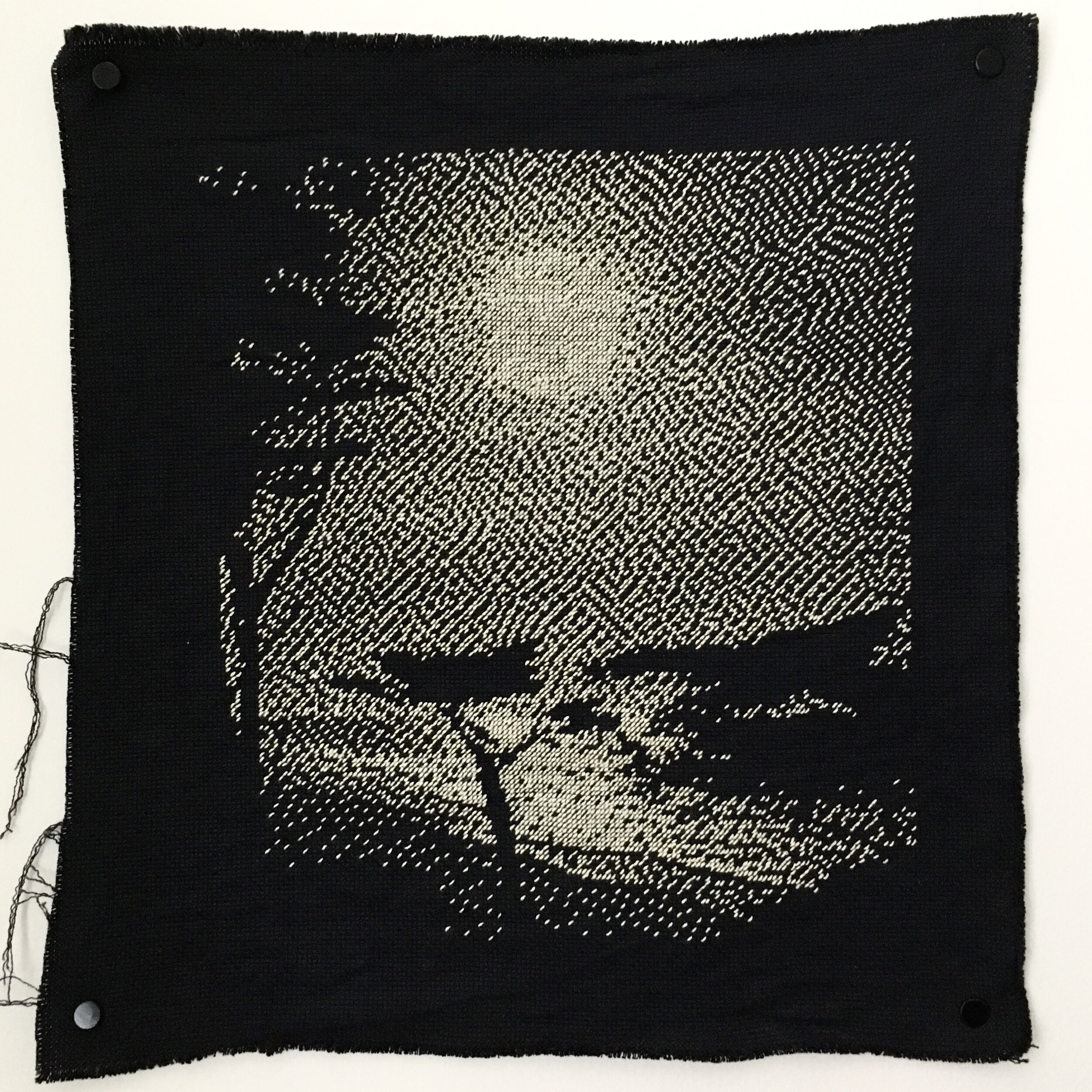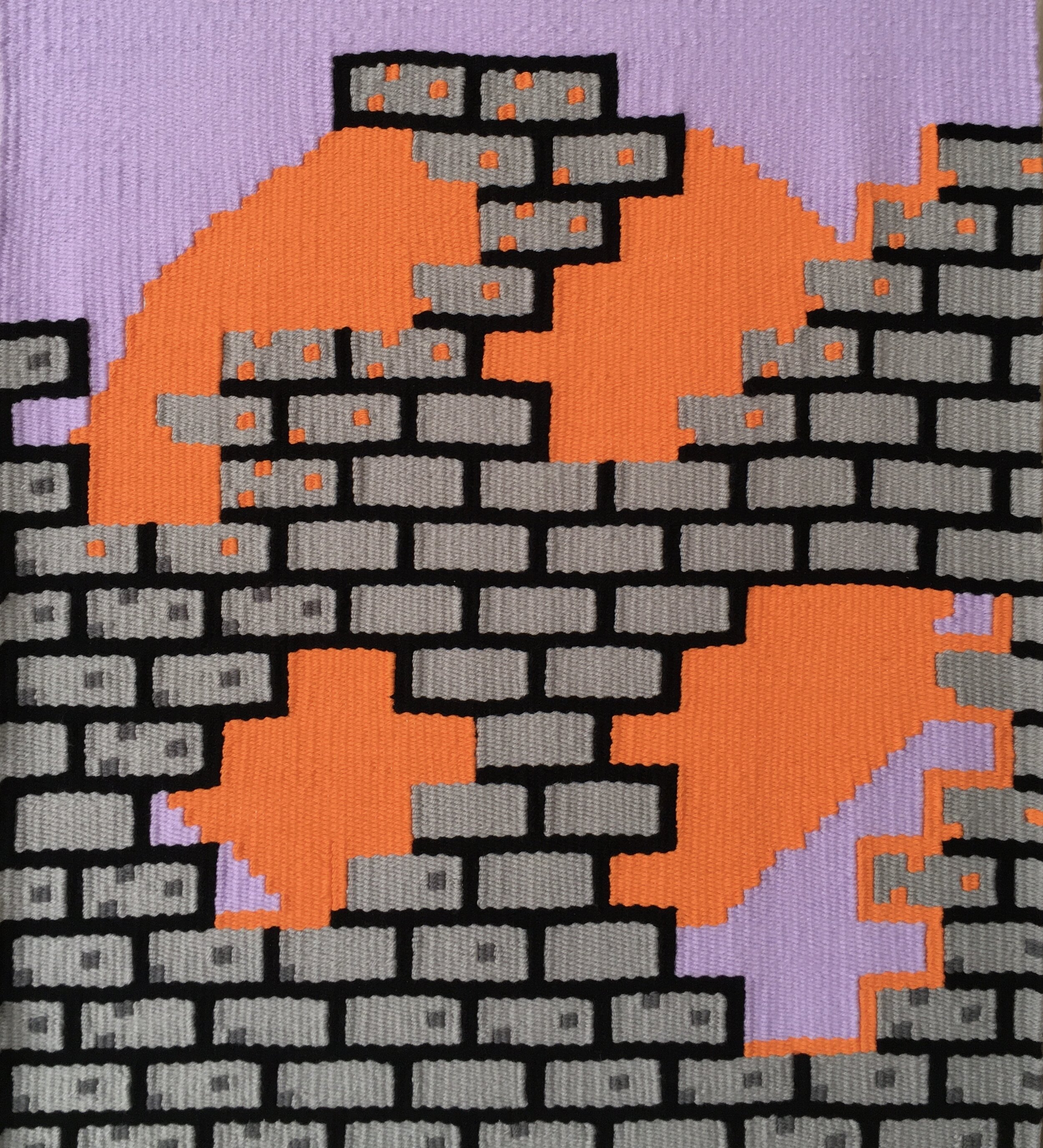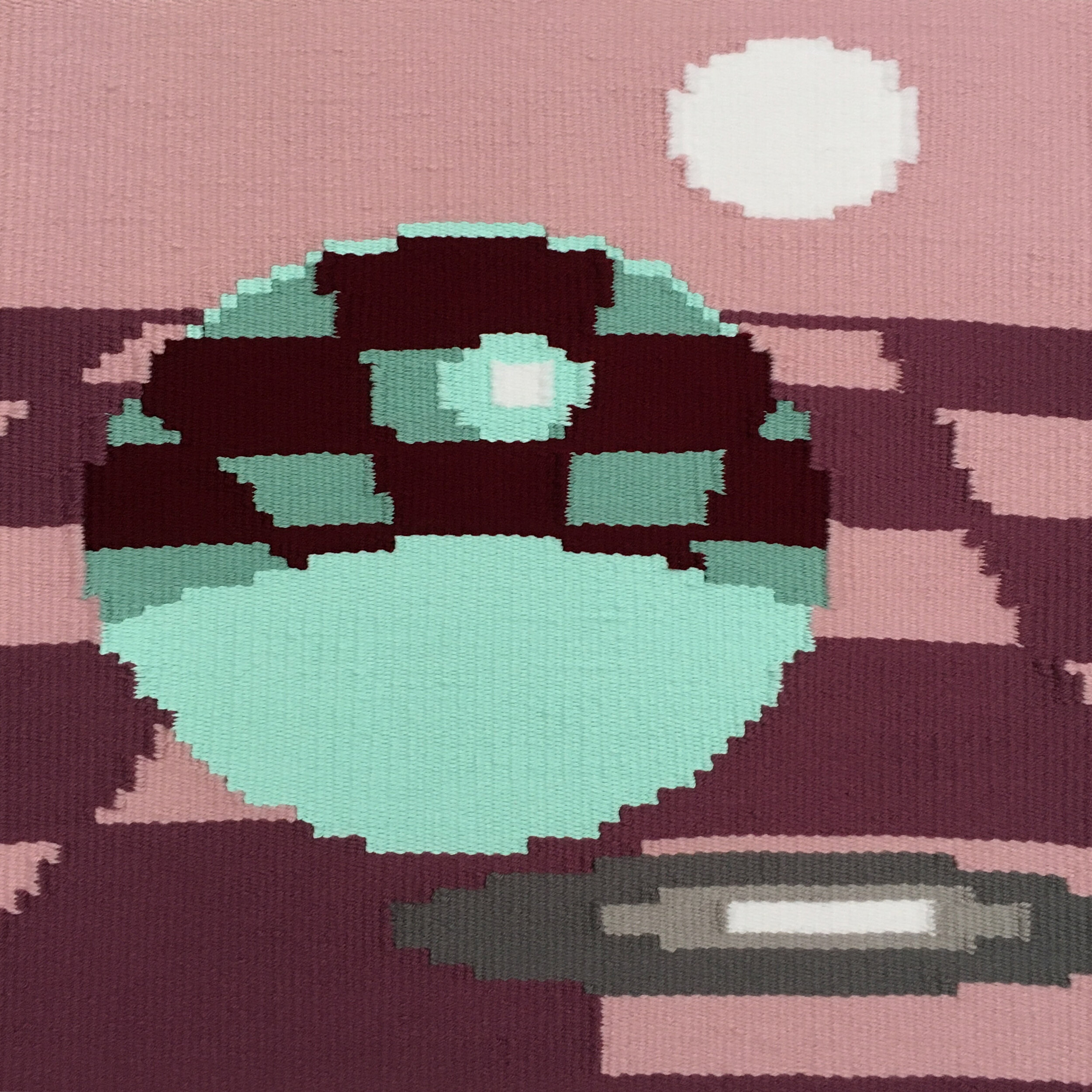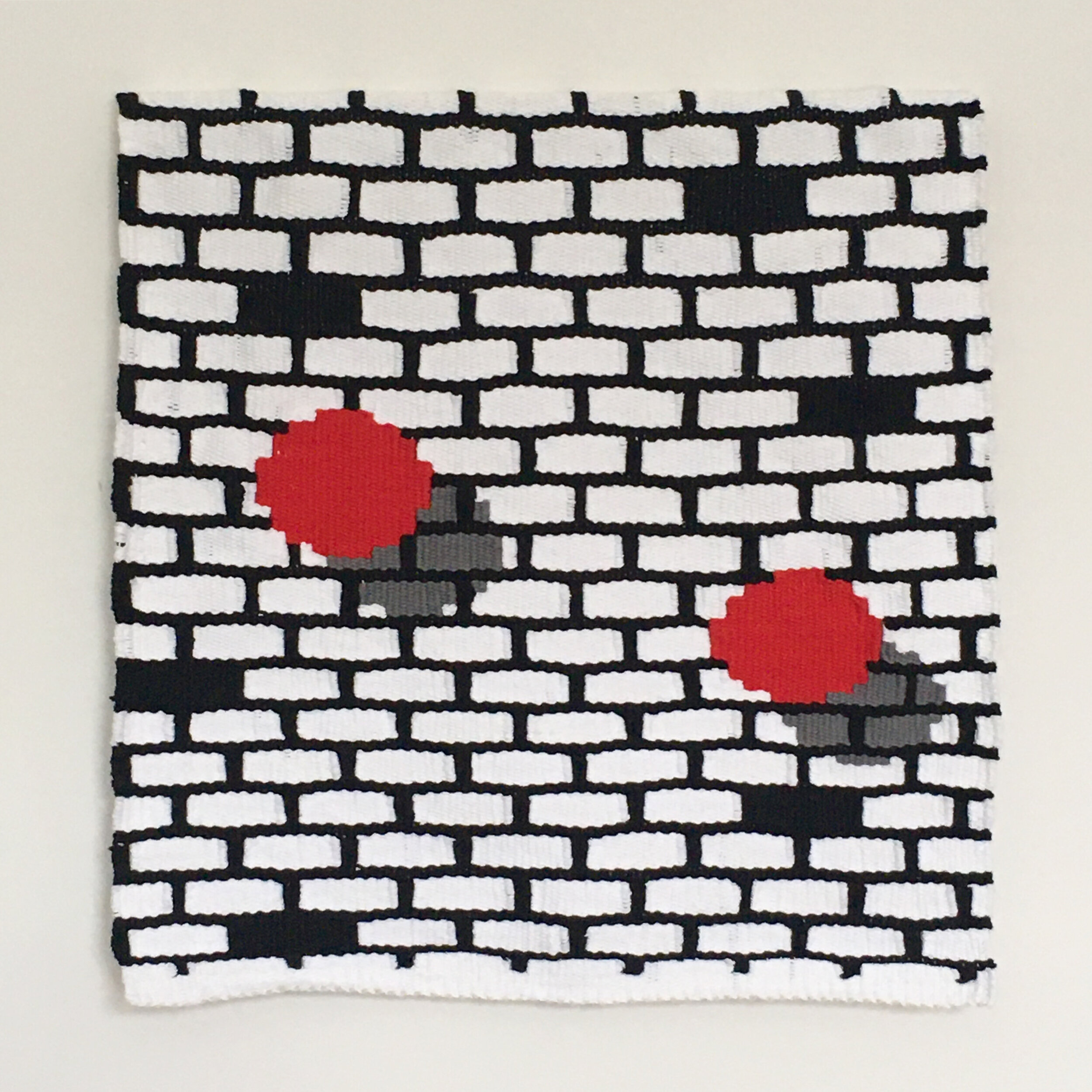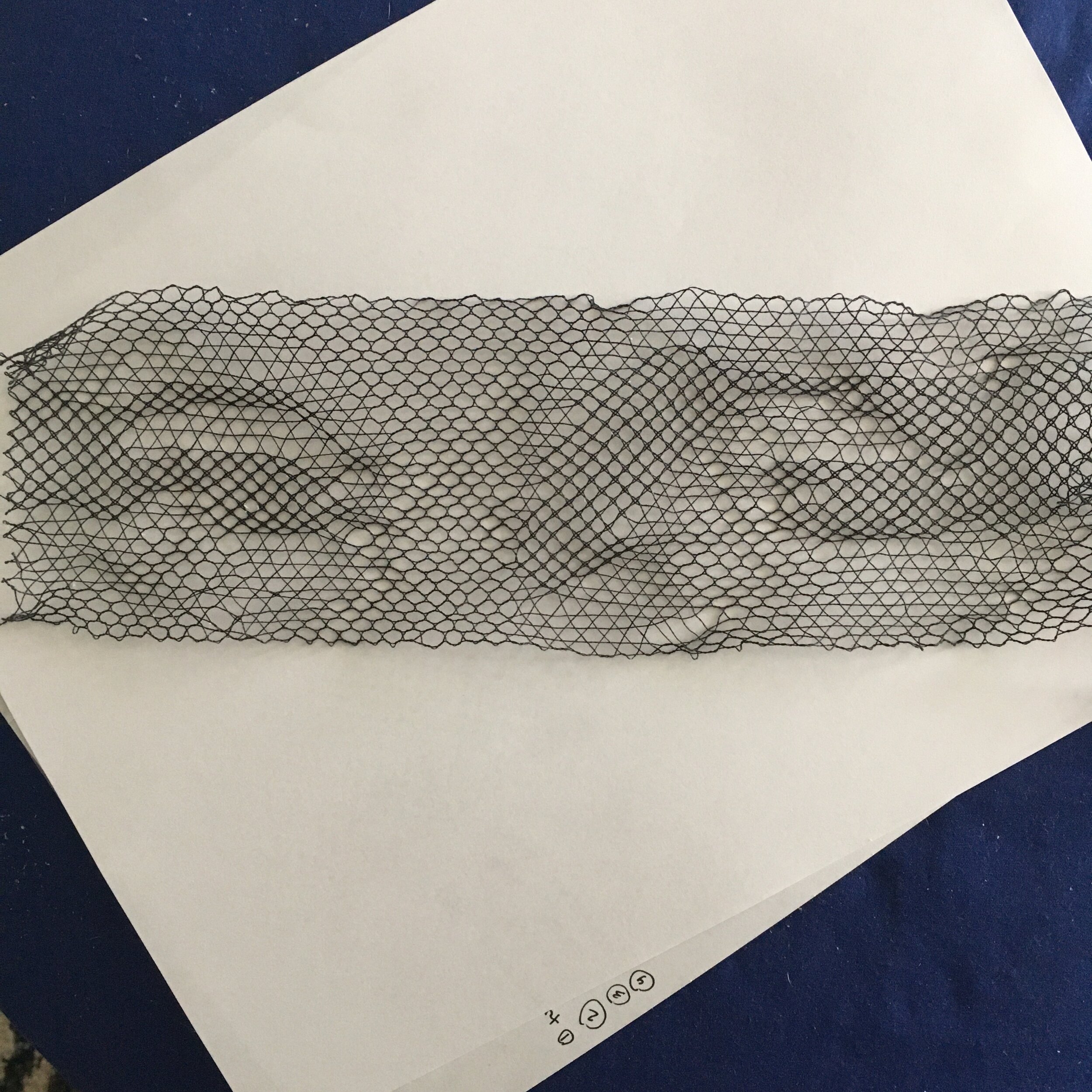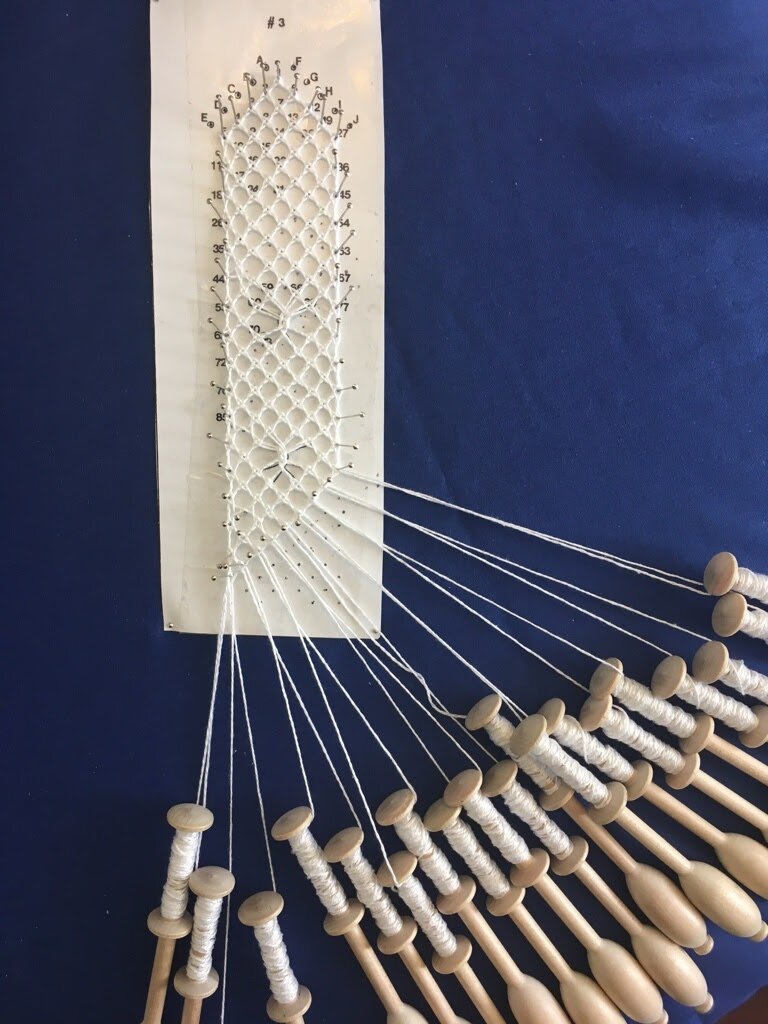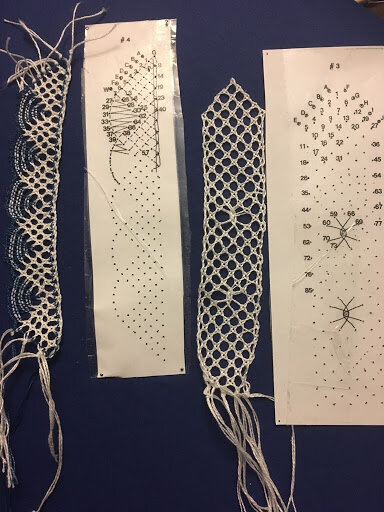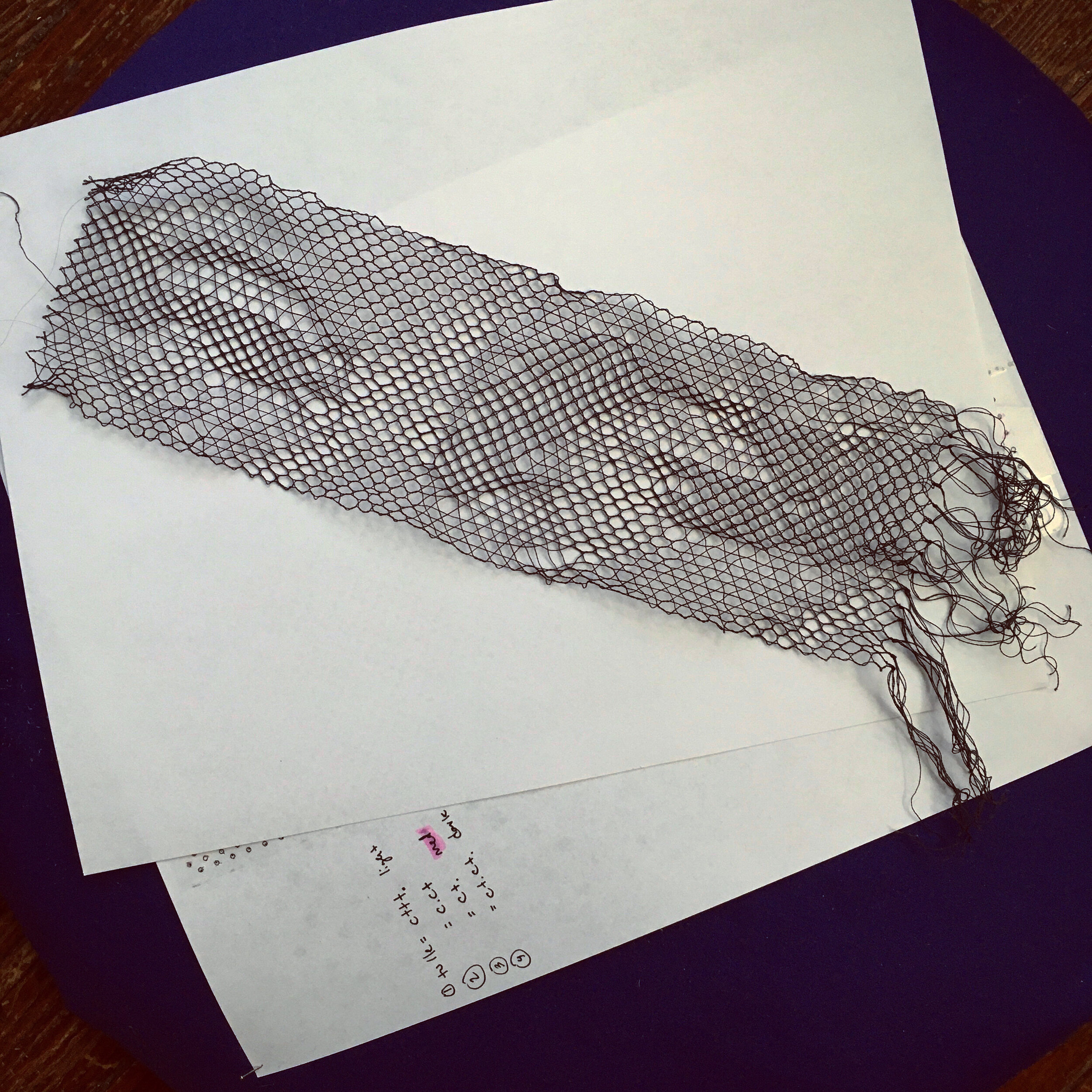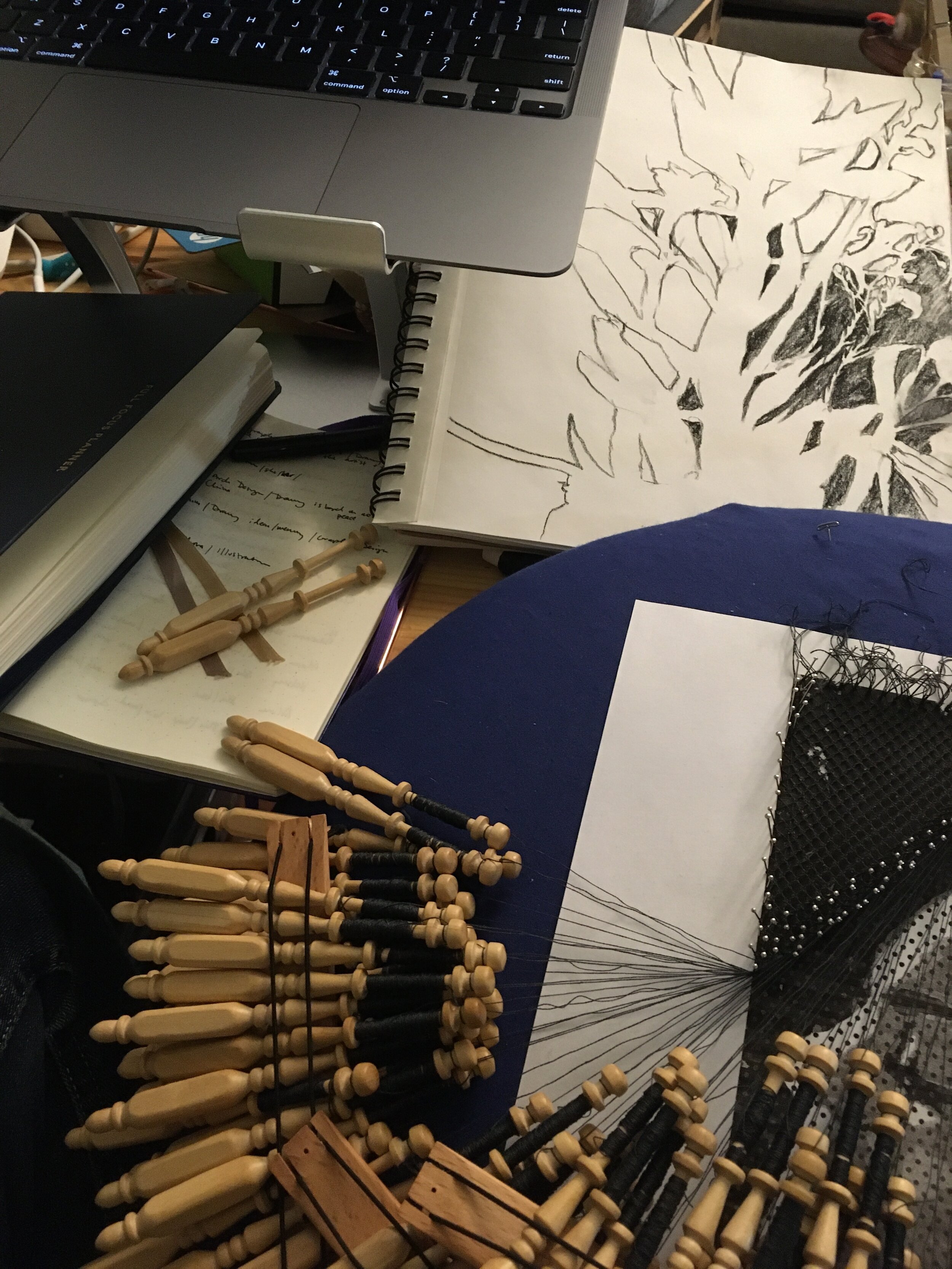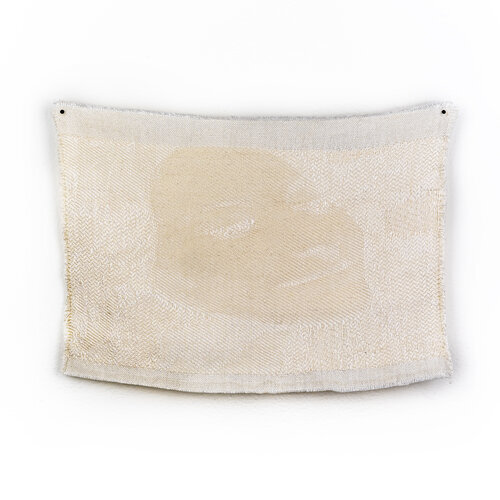(Now & Then) A Closer Look: The Mechanical Bride
/Our 2020 exhibitions will always hold a special place in IS Projects history as they marked the gallery’s virtual pivot during the pandemic. In an unexpected turn of events, we found ourselves connecting even more with our exhibiting artists as we developed new opportunities to deep-dive into their work through virtual gallery tours, our gallery shop, virtual artist talks, and additional programming. During this time, we also decided to start writing articles on our exhibitions to provide a “closer look” for collectors. We recently decided to unearth these articles from the archive in order to share them on our blog for all to enjoy.
In revisiting these articles, we’ve taken the opportunity to check back in with our artists, asking them how their work has developed since their show at IS Projects and what upcoming projects they’d like to share. We check-in with Christina Humphreys and Sasha Baskin who exhibited in a two-person show, The Mechanical Bride, on view March - June of 2020. This time last year, the gallery was populated by mesmerizing weavings and embroideries from Humphreys in San Francisco, CA and Baskin in Baltimore, MD.
NOW
Before we revisit The Mechanical Bride, we first want to share what Christina Humphreys has been working on from her studio in San Francisco.
Humphreys shares, "Since our exhibition at IS Projects last year, I've somewhat diverged from the pattern-based imagery present in my previous work. Being cooped up at home for a year, I decided to take time to explore new fiber processes and imagery. My first goal was to try to work bigger, since I had a copious amount of time and attention to devote to more complicated embroidery designs. I wanted to translate an image I took years ago in Rome into embroidery (below, left). It took about 2 months to embroider by hand.
A common theme in my work recently is the notion of topography and landscape. Flatness and pattern are still very important to me, but I've been pushing myself to now use pattern and repetition as a way to create shape and form - recognizable imagery that can conjure a memory and sense of place. I'm interested in the way that material, color (or lack of), imagery, and process combine to elicit an emotional response. [Below right] is the most recent piece I completed, where I returned to embroidering from a photograph.”
Ancient view, 2020
embroidered cloth
16"x16"
Ocean view, 2021
embroidered cloth
approx. 13"x14" unstretched
“I also wanted to explore processes that would allow me to translate simpler designs into larger works. I built a basic frame loom with wood and nails and worked from simple drawings that I designed in the same software I use for embroidery. The designs are much less complicated than what I would normally use. It was interesting to figure out the ratio of yarn to pixels in translating the drawings to weaving. I still have a lot to learn, and feel accomplished with the three works I've been able to create through this process.”
Next we revisit Sasha Baskin, who has been working on from her studio in Baltimore, MD.
Baskin shares, “Most recently, I've been discovering a new love of bobbin lace! Teaching this process [in a virtual workshop last year] through IS projects was actually my initial catalyst. I have always loved working with bobbin lace but have found it too time-consuming or technical to make cohesive work. To teach the workshop with IS projects I spent some time practicing and simplifying my bobbin lace samples to be easily explained over zoom. Something clicked and I fell back in love with the medium in a new way. I've since incorporated bobbin lace into all of my classes at Johns Hopkins and MICA and love exploring the process as a drawing and sculptural medium with my students.
I began working with pre-existing patterns and bought a book called "bobbin lace without a teacher" I soon branched off and discovered some wonderful online resources and lace Patreon accounts that helped me begin designing my own images and through those processes, I discovered how to use bobbin lace to communicate tone and value. I met up with a mathematician neighbor who developed computer programs to produce lace patterns for me out of digital images. We started with an image of Mona Lisa's eyes and I've since proceeded to explore my same bachelor imagery with this new way of making work.”
“I've included images of my initial samples, the mona lisa eyes, and my most recent piece in progress: A portrait of the soon-to-be-Bachelorette Michelle Young. I also included a photo of my desk while I'm teaching. Since all of my classes have been on zoom, I often try to work alongside my students and share my bobbin lace practice with them.”
THEN
It is our pleasure to re-present Sasha Baskin and Christina Humphrey’s two-person exhibition, The Mechanical Bride, a series of textile works exploring weaving and embroidery.
As a gallery attached to a printmaking and book arts studio, we aim to feature artists with an expert sense of craft and process, regardless of the medium. This exhibition was no exception, featuring predominantly smaller-scale weaving and embroidery works by Baskin and Humphreys. With their concise and muted color palettes, each work is deceptively simple at a distance, only revealing their expansive intricacies and landscapes of thread through close and careful examination. So, let’s take a closer look, shall we?
Perhaps the ‘centerpiece’ of the exhibition is Sasha Baskin’s weaving, ‘Study for Jenny’s Departure’. By far the largest piece in the show, this work measures 40” x 30” and is comprised of digital and handwoven cotton and silk with rosette overshot patterning and natural dye. The woman depicted, along with many of Baskin’s motifs, are sourced from the reality television series, The Bachelor. According to Baskin, this work is part of a larger series addressing modern mythology through the lens of popular culture.
Dramatic (Study for Jenny’s Departure), 2018
Digital and hand woven cotton and silk,
rosette overshot patterning, natural dye
Screenshot from The Bachelor (Season 22)
40” x 30”
STUDY FOR JENNY’S DEPARTURE, DETAIL
“This image depicts a woman rejected by the lead during the second episode of the season. I was struck by her strength and resiliency in the face of reality television rejection and explored her character as a modern mythological figure. Throughout this series, I repeat a rose and woven rosette motif. This work glitches and distorts a modified rosette pattern structure (a traditional overshot weaving pattern typically used in American Coverlets). A rose is the symbol of validation on ‘The Bachelor’ and receiving a rose allows a contestant to continue on to the next week. Through the repetition and distortion of this rose-based weaving pattern, I offer the woman getting rejected a form of agency and control over her own roses.”
Roses are echoed throughout the exhibition in framed, delicate lace pieces which punctuate the gallery.
PORTRAIT OF LACY IN BLACK AND WHITE
(AFTER DA VINCI’S “PORTRAIT OF A WOMAN”), 2018
DIGITAL AND HAND WOVEN COTTON AND SILK SCREENSHOT FROM
“BACHELOR IN PARADISE” (SEASON 4)
14” X 11”
PORTRAIT OF LACY IN GOLD (AFTER DA VINCI’S “PORTRAIT OF A WOMAN”), 2018
DIGITAL AND HAND WOVEN COTTON AND SILK SCREENSHOT FROM
“BACHELOR IN PARADISE” (SEASON 4)
14” X 11”
Pictured above are two partner pieces, Portrait of Lacy in Black and White and Portrait of Lacy in Gold. “This image takes the same screenshot of a supporting character in the reality tv universe and creates an optical illusion through thread and pattern. Just as a digital image relies on perspective and the interaction of pixels and light, [Portrait of Lacy in Gold] appears and disappears based on the viewer's perspective. Due to the interaction of reflective silk and twill woven patterning, the image can become invisible and, from certain angles, the cloth appears blank.”
The Mechanical Bride takes shape through the conversation between Baskin and Humphreys’ bodies of work. The artists find common ground in examining the consumption of mass media and its manifestations in our lives. Through a series of six embroideries, Humphreys addresses her own anxieties while searching for answers on the internet and seeking truth in an abundance of conflicting information, untruths and unknowns. She conveys this by focusing on distorting recognizable symbols with heavily applied patterns in abstract compositions.
SAMPLES, 2019
EMBROIDERY ON STRETCHED CLOTH, WOOD FRAME
8.5” X 8.5”
“The embroidery designs I'm working on right now are sort of disease-like - contrasting patterns overlapping each other and distorting somewhat recognizable text and symbols. They have a certain anxiousness to them that relates to how I feel reading the news online and engaging with social media.”
Over the course of eight months leading up to the exhibition, Christina Humphreys created the works on view, each of them progressively more influenced by events that were unfolding at the time. “The ‘diseased’ patterns I was making started to take on a literal meaning beyond the metaphorical, as the world began to understand and respond to the spread of Coronavirus.”
BWR2, 2020
EMBROIDERY ON STRETCHED CLOTH, WOOD FRAME
11”X10”
BWR2, detail
The peice, BWR2, is the largest and final piece of the series combining recognizable patterns, distorted shapes and icons, and the color red as an indicator of contamination.
“The title is a reference to the riddle ‘What’s black and white and read all over?’ and the shortening to BWR takes inspiration from the nomenclature of viruses. I can’t help but see the influence of pandemic on this series, especially in these final works.”
Humphreys’ process begins with constructing a digital image, examining her marks as pixels before stitches. Then the designs are painstakingly executed through an analog process of hand-embroidery.
“I’ve increasingly felt a strong connection to the (painfully) slow process of stitching in contrast with the speed of creating patterns digitally. In some instances, I am able to make changes to the pattern after I have already started embroidering, but that is rarely the case, and I often have to commit to a design referencing events that look completely different or are already long forgotten [by the project’s completion]. In the end, the works feel extremely personal, but I sometimes don’t even recognize them.”
The Mechanical Bride was on view through June 2020. If you missed the show in person, you can still take the Virtual Gallery Tour.
Be sure to check out Christina Humphreys and Sasha Baskin for more updates and information on their work.
COVER-UP, 2019
EMBROIDERY ON STRETCHED CLOTH, WOOD FRAME
8.25” X 8”




